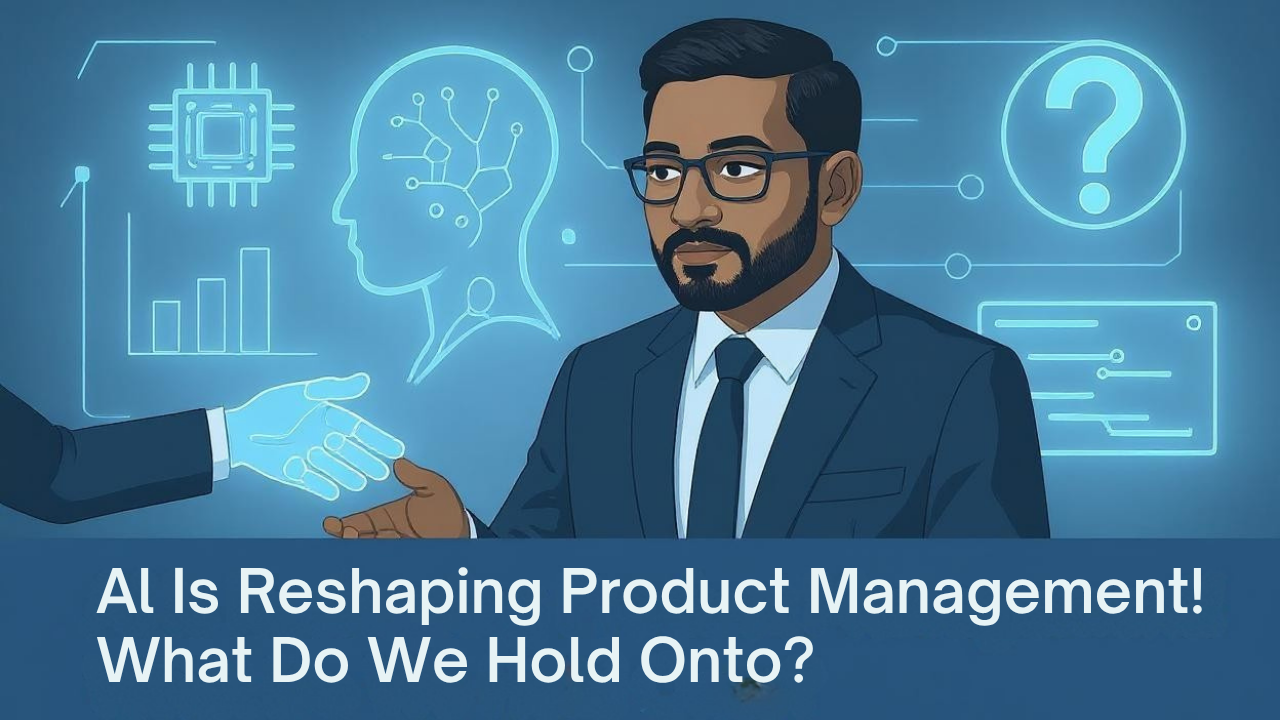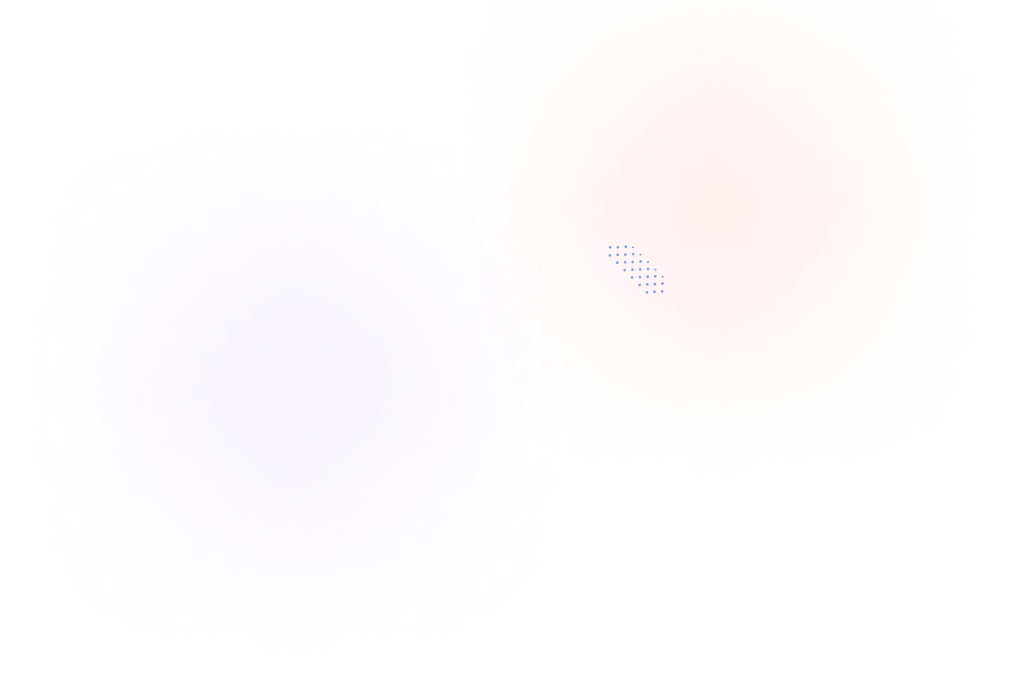
AI is changing product management quite fast with more data, more tools, faster feedback loops and often, more noise too.
In the rush to build with AI, many teams are wondering: What should we automate? What still needs a human decision? What do we need to unlearn?
Working across evolving teams and shifting priorities, I keep coming back to one question: What should we hold steady and what needs to evolve to stay relevant and useful?
Because AI isn’t just changing how we build. It’s quietly reshaping how we think, decide, and lead.
1. The Core Job Hasn’t Changed – But the Context Has
At its heart, product management is still about solving the right problems for the right people, in a way that creates value for both the user and the business. That hasn’t changed.
What has changed is the speed, the complexity, and the expectations.
AI accelerates feedback loops, surfaces new insights, and opens up possibilities, but it also adds a layer of abstraction. We’re no longer just managing interfaces and backlogs. We’re now engaging with data pipelines, ethical considerations, and black-box systems – tools that deliver results without revealing how those results were produced..
As product managers, we need to stay rooted in clarity; not just about what we’re building, but why, for whom, and with what consequences.
2. Reducing Confusion Is Now a Key Part of Product Work
As AI tools multiply and workflows grow more complex, cognitive load – the total mental effort required to process information – has become a real risk for teams and users alike.
Research from the field of human-computer interaction shows that when systems deliver too many signals, choices, or unclear outputs, users either disengage or make poor decisions. This doesn’t just affect customers; it affects internal teams navigating dashboards, models, and constant prompts from AI assistants.
As product managers, we now need to:
- Design for clarity, not just capability
- Prioritize signal over volume in what our tools surface
- Create experiences that help users and teams focus attention, not fragment it
This means sometimes removing options, hiding AI complexity, or even saying no to features that impress but confuse. It also means paying more attention to the information architecture of AI-powered products and platforms.
In the age of AI, managing mental friction is as important as managing user flow.
3. The Role of Judgment is Amplified, Not Replaced
I often hear concerns that AI will replace decision-making and that product managers may become less relevant.
But the reality I see is the opposite.
AI brings more signals, more possibilities, and more ambiguity. In that noise, the product manager’s ability to exercise judgment becomes even more important.
You still need someone to:
- Define what success looks like
- Choose the trade-offs
- Humanize the metrics
- And say “no” when needed
4. Stay Curious, Stay Grounded, Stay Human
If you’re a Product Manager today, you don’t need to become a machine learning expert overnight. But you do need to ask better questions, lean into first principles, and remain relentlessly curious.
AI is an incredible partner but it needs human context to deliver real value.
Closing Thought
As product managers, our role in the AI era is not to have all the answers, but to frame better problems, guide smarter decisions, and ensure we’re still building with intention, not just automation.
There’s never been a more exciting or humbling time to be in product development and management. Let’s stay open. Let’s build thoughtfully.
#ProductManagement #ProductMindset #HumanInTheLoop #AIandYou #TechWithPurpose #CuriousBuilder #LeadershipEvolution


